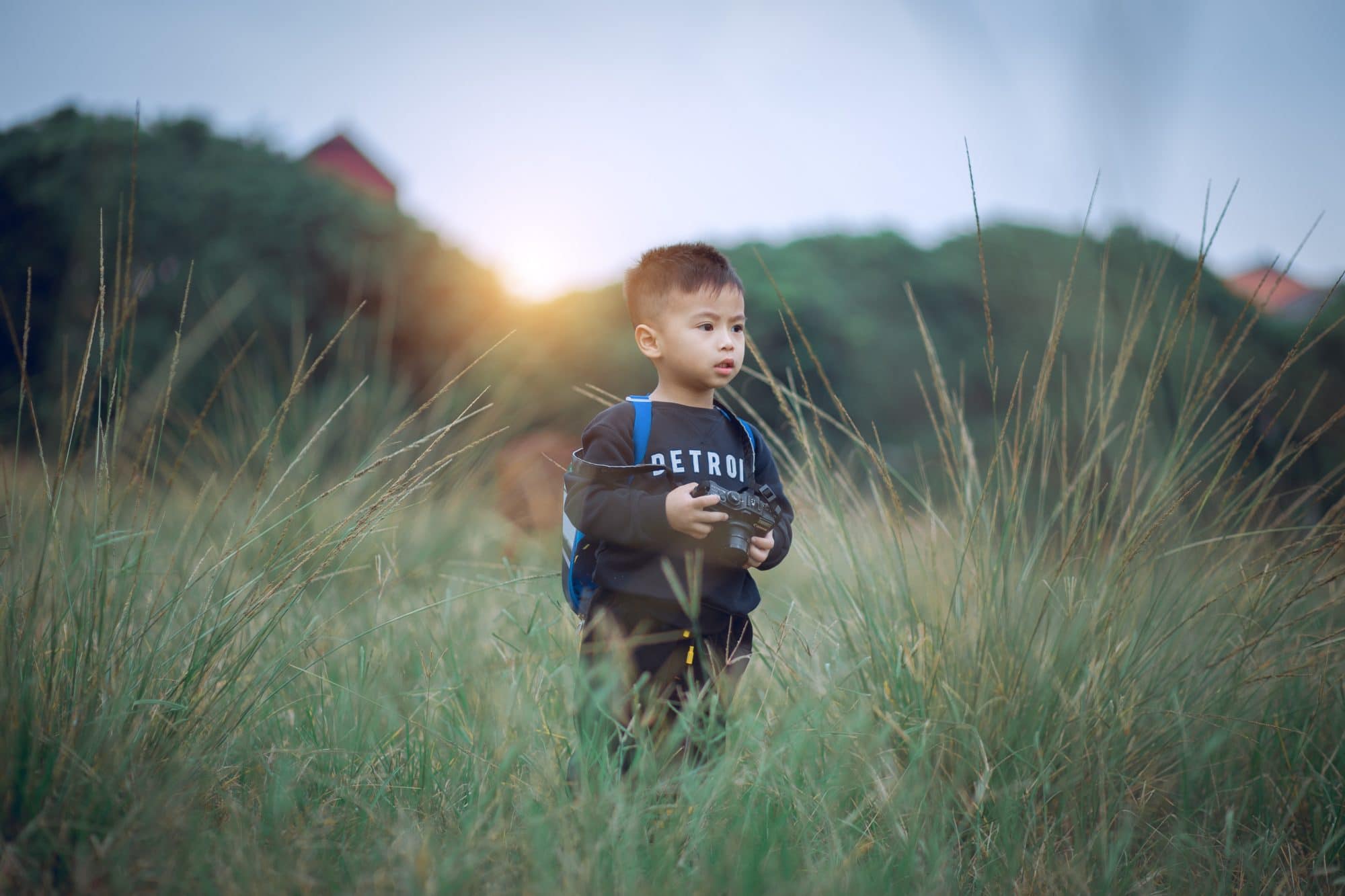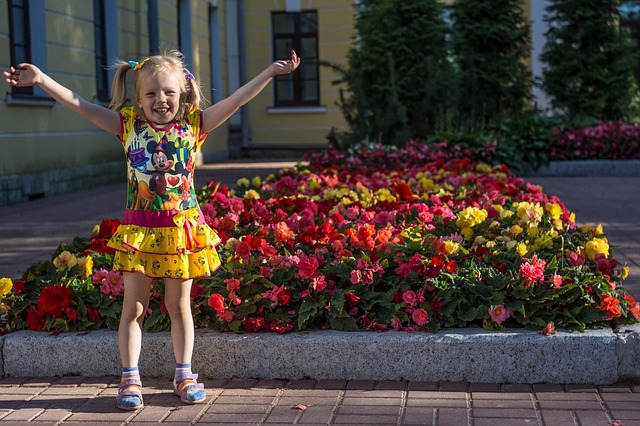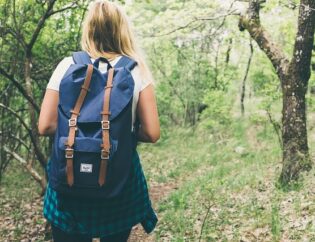
Making a nature film is an excellent way for your child to learn about and engage with the natural world. Don’t be intimidated by the size of this project. You don’t actually need a full crew to make a nature film. With the recent explosion in cheap and accessible technology, your child can be a one-person film crew or you can work together as a team, or how about a family affair?
Step 1: Choose a subject

This might be the most crucial step in the entire process. The key to the success of your child’s film is for him or her to choose a topic that is fairly easy to observe locally and to film. As wildlife can be difficult to sight with regularity or difficult to capture on camera, especially for new, little filmmakers, think about relatively predictable subjects such as backyard birds visiting a feeder outside a window, changing leaves of trees in your local park or your backyard, butterflies feeding in a pollinator garden. It’s important that you work with your child to choose an animal or a species or a topic from the world of natural history that interests them— but that is also easy for them to film using an iphone or other recording devices.
Step 2. Do the research

Now that your child has chosen a topic, it’s time for them to learn everything they can about it! Any film producer will tell you that the research stage is absolutely key to a good end product. Using websites, books, others films, your child should start learning everything they can to become an “expert” on their topic. If they chose backyard birds, help them explore which birds are most likely to live year-round or visit seasonally in your backyard. If the seasonality of trees is their chosen topics, help them ID the trees outside and research images of what the trees look like in different seasons, as well as why they change colors, lose leaves, etc. Once your child has learned enough about the topic, help them further fine-tune their nature film idea, focusing on an aspect of the topic they found most fascinating.
Step 3: Map out the film

Once they have earned their researcher credentials, your little nature film producer is ready to take on the role of writer. This is the stage when they plan out their film. While professional films are typically outlined, then scripted and storyboarded, for you child’s project, help them choose the method that best helps them organize their ideas. It could be writing a script, creating a storyboard or even an outline that captures what information they want to include in their film. For beginning filmmakers, this should be kept super simple. Your child (alone or with your help) should write up an outline or a list of topics and ideas they would like to cover in their film. They should then place these topics in order and possibly write a script if they like. Remember that it’s also OK for their film to be silent, without narration or any other information aside from picture and maybe music.
Step 4: Get rolling!

Here comes the fun part. You and your child now get to head out into the outdoors and make that film! The simplest approach is to start with a basic recording device such as an iphone or other cameraphone. Of course, if you have an older child, you can show them how to use a DSLR camera or any other video recording device you are familiar with. But today’s camera phones should do just fine for a first film, though recording at night or super close up might be a challenge.
Before you set out, give your child a tutorial on recording video with your phone or camera. Show them the basics of framing, zooming, exposure (if applicable). Don’t forget to teach them how to be safe with your phone. No dropping it in a puddle! And no muddy hands touching the buttons.
And now, here’s the hard part: hand over your camera phone to your child. I know, it’s a frightening thought. But this is the time to let them take over, without you hovering over their shoulder, snatching it away every few minutes. If you let your child be the true director of their film, you will likely be surprised and impressed with your fresh and creative they are!
Step 5. Film standups & narration

If your child has envisioned a David Attenborough-esque film, they might want narration (script read off-camera) or standups (footage of the host/narrator speaking to camera). To record narration, your child can read/record straight to your phone or directly into the computer where the film will be edited. If they want to include standups, then you will take over as the camera operator and film them. This is where the script will come into play, though they could wing it just as well.
Step 6: Edit

Once your child has shot their film, head to the edit room to put it all together. Yes, this part sounds easier than it is but, believe us, it is fun! You can keep this step super simple by downloading video editing apps to your phone. Here is a list of some recommended apps to consider. Or, if you really want to teach your child some skills, edit using desktop video editing software such as iMovie, Adobe Premiere or Final Cut. Depending on your and/or your child’s knowledge, you may have to spend some time watching online tutorials for your video editing program. Once your child gets the hang of editing, it will be fun to watch them try different effects, music, transitions and other tricks.
Step 7. Host a screening party

Congratulations! Your child has now officially launched into their nature documentary film! Now it's time for celebrating. Make their screening party a family affair with a weekend movie screening, fun snacks and a word from the producer/director.
If your child has the filmmaking bug, help them move on to their next subject. They can learn more about natural history filmmaking here.











